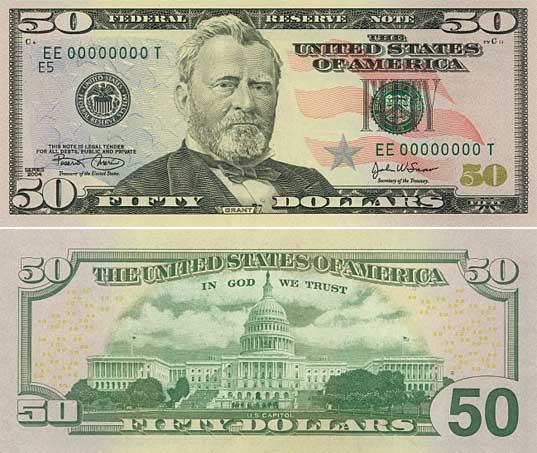Throughout History, triumphant armies have always been typically portrayed as if they were made of the finest warriors, stronger than the enemy. Kind of super-heroes, if you want… and, certainly, superbly equipped. Of course, for specific cases where the main message to be delivered is special courage under clear adverse conditions, equipment could be deliberately shown as weak or even minimal.
From the first documented cases in Ancient Greece and in Roman History to modern propaganda, victorious warriors are depicted as sort of He-Men, way beyond Niezsche’s Übermenschen. This is, by the way, adorably represented in BBC’s Blackadder series (Blackadder goes forth), portraying the English Army in France in World War I.

As a consequence, we tend to have a too simplified perception when it comes to war. We tend to think it is a matter of best equipment and best men and that’s it.
This thinking has played a huge role, in our opinion, in shaping the world the way it is today. From all the events in recent History, we honestly believe World War II could be singled as the individual event that has had the heaviest weight in the world we can see every day. Within World War II, should we have to choose a single milestone that determined the final outcome, we would pick the Battle of Stalingrad, as we think it was the turning point in the war. Before Stalingrad, it was possible for Germany to win the war. After Stalingrad, Germany was doomed. The same German High Command who made it possible to reach Stalingrad was as well to be held responsible for the disaster. around 300,000 troops surrendered in the limit of starvation at sub-zero temperatures.
It was not a matter of men: In fact, they were the same men that annihilated Poland, France Norway, Denmark, the Netherlands, Belgium, Luxembourg and the Baltic States and put Great Britain to what Winston Churchill called its “darkest hour” in 18 months.
It was not a problem of equipment, weapons or resources. The German Army that invaded the Soviet Union was way ahead of the Red Army of the time, whose only advantage was the number of available men, usually ill-equipped, by the way.
The real and fundamental problem there was supply chain. To put it simple, precisely for having better troops and better equipment, the German Army advanced far too much to reach Stalingrad, thus letting supply lines become extremely thin and vulnerable. The lines that connected the German advancing armies depended on too stretched supply connections that remained extremely vulnerable in their flanks. After holding, thanks mainly to the wide Volga river, the German advance in Stalingrad itself, the Soviets leveraged their only strength (the huge mass of foot soldiers available from Siberian units) to outflank the city and strike on the weakest German point, the supply lines. Outflanking the Germans from the North and South sides of Stalingrad, the Soviets closed the encirclement several hundred miles West of the Volga river, isolating the ful German 6th Army, that weeks later, in January 1943, unconditionally gave up to the last man of a mass of 300,000 troops.
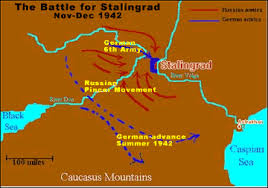
Now we may change scenarios, and take a look to the guys with one of the best reputations regarding equipment and men. In a way, they are at war… and the crucial battle they are about to fight is the upcoming Holiday Season. It is going to be their own Little Stalingrad, as it could determine quite much their future, given the fierce competition they have in front of them and the potential amount of resources they’ll need to succeed.
We are talking Apple. Undisputed reputation as of their products as much as of themselves as a company.
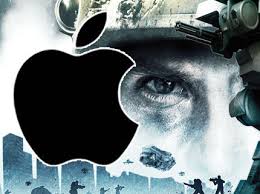
And we believe they will succeed. They have thought beyond the standard clichés we spoke about in the above lines, and they have made sure that, no matter how far their supply sources are, they have:
First: Secured the sources, so they won’t fall short if the so badly needed ammunition, food, tools and spare parts.
Second: Secured the lines, allowing them to resist flank attacks and guarantee deliveries on time.
Third: They have optimized the size and container capacities so they can move as much material as possible at the minimum possible expense and resource consumption.
Fourth: Self assured on logistics, they can afford to exploit the initiative in battle.
Apples for equipment, brilliant staff for the men, solid planned-in-advance logistics altogether, definitely, do make a winning combination. Or, should you prefer, they make an incredible Jobs.
Footnote: We dedicate this post to a very good friend of ours who recently suffered a very important personal loss. A veteran from WWII born during WWI, huge human background and values that he managed to share and pass on to our friend. Rest in peace. Chap, please accept our deepest condolences.
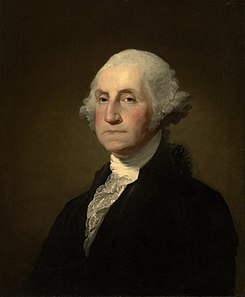 George Washington, first in war, first in peace, and first in the hearts of his countrymen, as delivered in his funeral oration.
George Washington, first in war, first in peace, and first in the hearts of his countrymen, as delivered in his funeral oration. Thomas Jefferson: 3rd President of the United States, builder of the Democratic Party, One of the Founding Fathers.
Thomas Jefferson: 3rd President of the United States, builder of the Democratic Party, One of the Founding Fathers.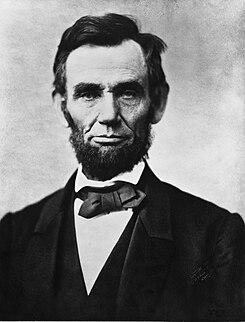 Abraham Lincoln, who saved his country from breaking apart during American Civil War, and signed the Thirteenth Amendment to the US Constitution forbidding slavery.
Abraham Lincoln, who saved his country from breaking apart during American Civil War, and signed the Thirteenth Amendment to the US Constitution forbidding slavery. Alexander Hamilton, first Secretary of the Treasury of the United Sates. He established the Bank of the United States.
Alexander Hamilton, first Secretary of the Treasury of the United Sates. He established the Bank of the United States. Andrew Jackson, 7th President of the United Sates, tough and hard, a clear dominator of his time, reshaped Democratic Party.
Andrew Jackson, 7th President of the United Sates, tough and hard, a clear dominator of his time, reshaped Democratic Party. Ulysses S. Grant, 18th President of the United States, war hero in American Civil War, commander in chief of the Union Army.
Ulysses S. Grant, 18th President of the United States, war hero in American Civil War, commander in chief of the Union Army. Benjamin Franklin, probably the most influential of the Founding Fathers.
Benjamin Franklin, probably the most influential of the Founding Fathers.

